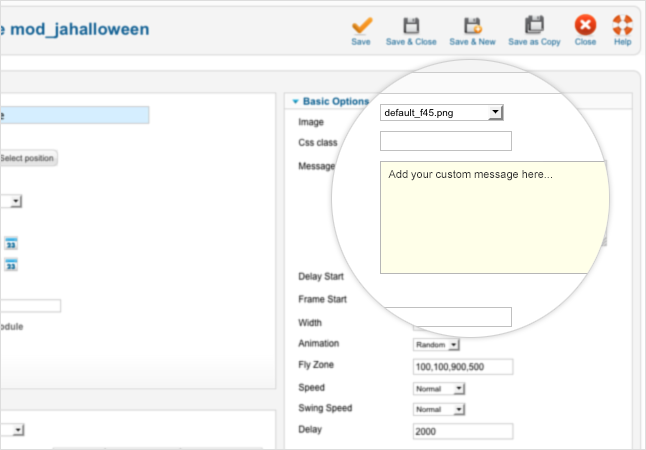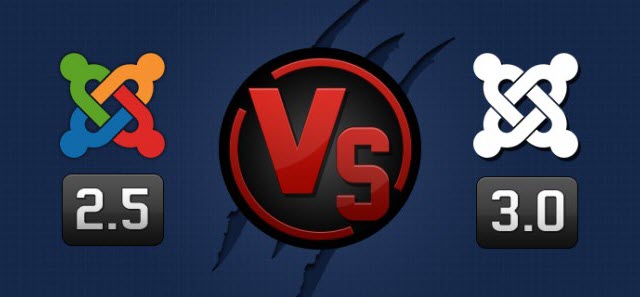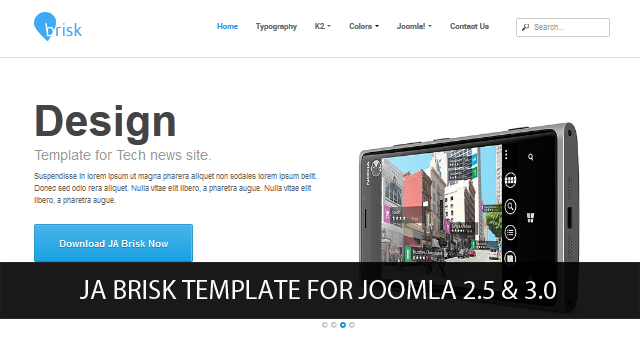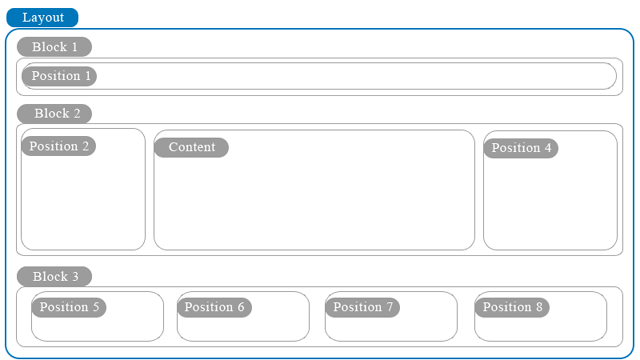5th May: JA Wall PreOrder will be available on Tue, 8th May 2012, please follow us @joomlart on twitter and like our http://www.facebook.com/joomlart Facebook page to be informed instantly.30th April: JA Wall is not available for sale yet17th May: 17th May: JA Wall 1.0.0 Stable is now available. Release Note - Download.
JA Wall - Pre Order now open! 40% discount for existing members (updated)
Last week, we have granted FREE access to download JA Wall for all the Developer members.
UPDATE : Downloads will be available only after 17th May, Pre-orders as this one are discounted. Post 17th May JA Wall will be sold on full price $ 49. Order now and save.Developer members will have free downloads privileges.
A few reasons behind this:
- JA Wall requires some advanced configuration and setup. We need to provide detailed and thorough userguide before the official sales.
- 2 core themes should be fine tuned and all core HTML/CSS markups must be solid and stable before we add the 6 styles.
- We will try not to change HTML/CSS markup after the stable release, we want to keep them FOREVER so that other developers/3rd party extension company can develop additional style / feature for this template. By maintaining a solid code base for layout/design, we can avoid incompatibility problem with any future update/release.
- Developer Members can contribute valuable feedback and help us ironing this template to become a popular grid-style basetheme for Joomla.
- Hung Dinh @ JA Wall Forum Announcement
There are myriad numbers of non-Developer members with constant requests to attempt downloading JA Wall [Live Demo - Info] on our Facebook and Forum Announcement which has impressed us on the exceedingly high demand for this bundle.
Thank you all your passion and love with JA Wall. This has inspired each of us individually thriving to speed up this bundle in its very last testing phase.
To express our sincere appreciation for your support, we would like to give ALL our current active subscription members a 40% discount coupon if you join the Pre-Order Program.
JoomlArt to stops IE7 Support w.e.f. from 1st August 2012
Hello folks,
IE7 has been around since 2006. Up to now, roughly 4% market share for IE7 in the browser market worldwide. Most of the giants had dropped support for IE7 like Google, Facebook, Drupal, and Microsoft- its creator encouraged users to auto-update to the latest version of IE.
We have been debating on IE7 Support for a year now and finally decided to say Goodbye to this 6 years old browser due to the followings:
Premium Drupal Theme officially available at ThemeBrain.com
What has happened with our little brother ThemeBrain?
Free Halloween Module for your Joomla
It’s Halloween time! Trick or Treat?
Here at JoomlArt we created a special free Halloween module for your Joomla website! Surprise your website visitors with a flying pumpkin... and if, when you read this blog post, Halloween is already passed, don’t worry, you can make any images move in your website with this great module!
Special Halloween Promotion and Free Joomla World Conference Tickets
Ready for Halloween? Here at JoomlArt we have prepared a great Halloween Promotion. A special coupon code and a lucky draw for 4 tickets of Joomla World Conference!
20 New Things: Joomla 2.5 vs. Joomla 3.0
The "20 New Things: Joomla 2.5 vs. Joomla 3.0" article written by Hung Dinh originally published in Joomla! Community Magazine has pin-pointed the 20 things that are worth taking note for Joomla 3.0, which was recently released on September 27th, 2012 with significant updates and major developments.
JA Brisk Beta and T3v3 Framework RC1 for Joomla 2.5 and Joomla 3.0 released
JA Brisk - JoomlArt November responsive template for Joomla! 2.5 & Joomla! 3.0
We have been receiving the same questions over and over again from you guys:
- Joomla! 3.0 was out already, what is your plan for Joomla! 3.0?
- Do you guys have a rough idea when exactly your template will be available for Joomla! 3.0?
- OMG, when are you guys are going to release Joomla! 3.0 templates?
- Are you sure you are going to have Joomla! 3.0 template anytime soon, 'cuz I'm not informed at all on you guys' intention toward Joomla! 3.0?
T3v3 Framework highlights part 1 - Layouts explained (video)
A few days ago, we introduced the Layout Configuration feature. We're here with the update, to show you how this awesome feature can be easily used in JA Brisk - our latest Joomla! 3.0 responsive template.
Special Promotions and Discounts for JoomlArt users with JoomlArt Buddies!
Love discounts? Our partners got some for you.
Being a member of JoomlArt has never been so valuable! We have recently partnered up with some of the best Joomla! extension developers and popular web services such as Cloudacess, Sitepoint, Stackideas, SnapEngage, Imaqma, Learnable, Chill Creations, Payplans, Techjoomla, Compojoom, Kissmetrics and many more to provide great discounts and special coupon codes for all our members.











